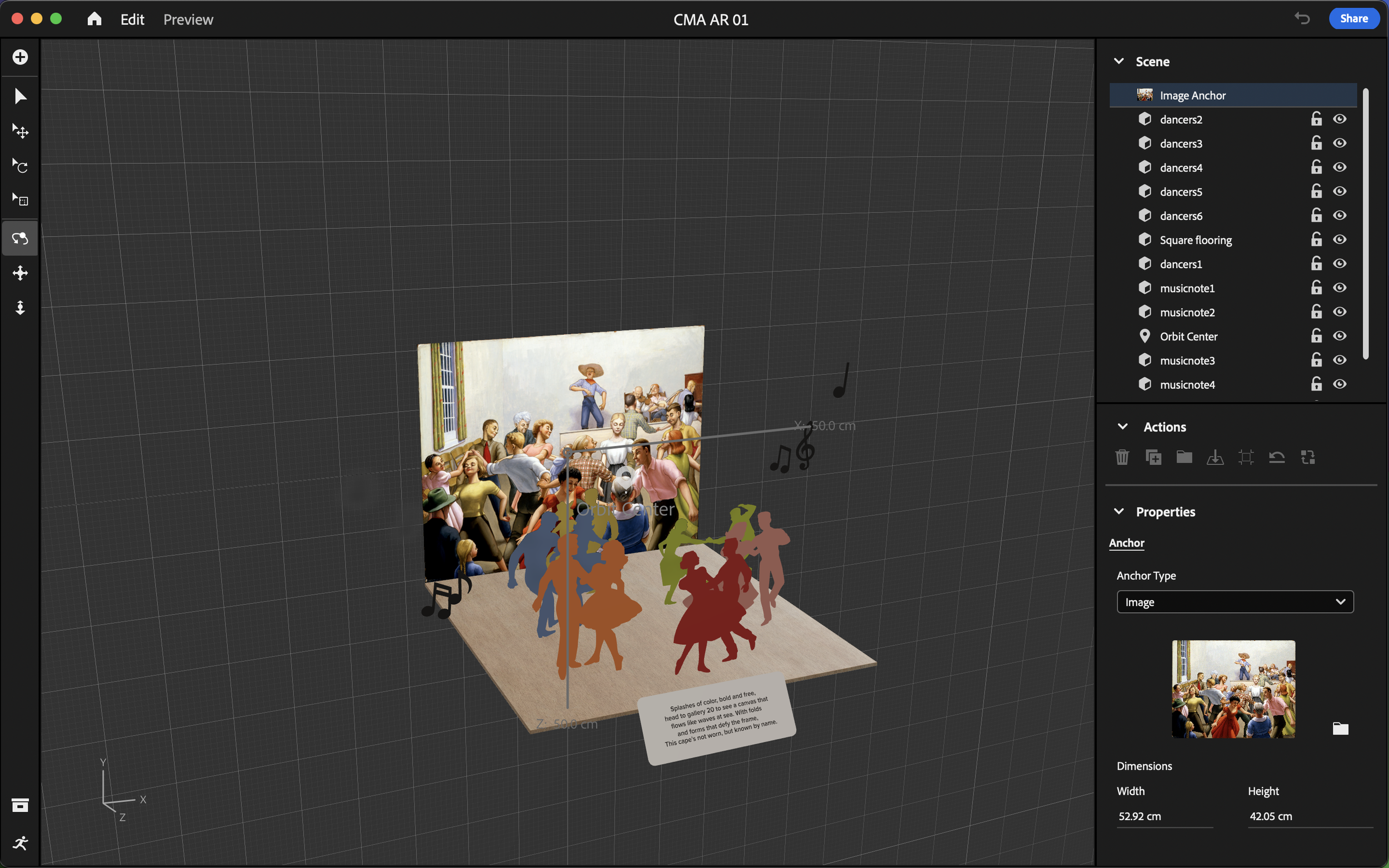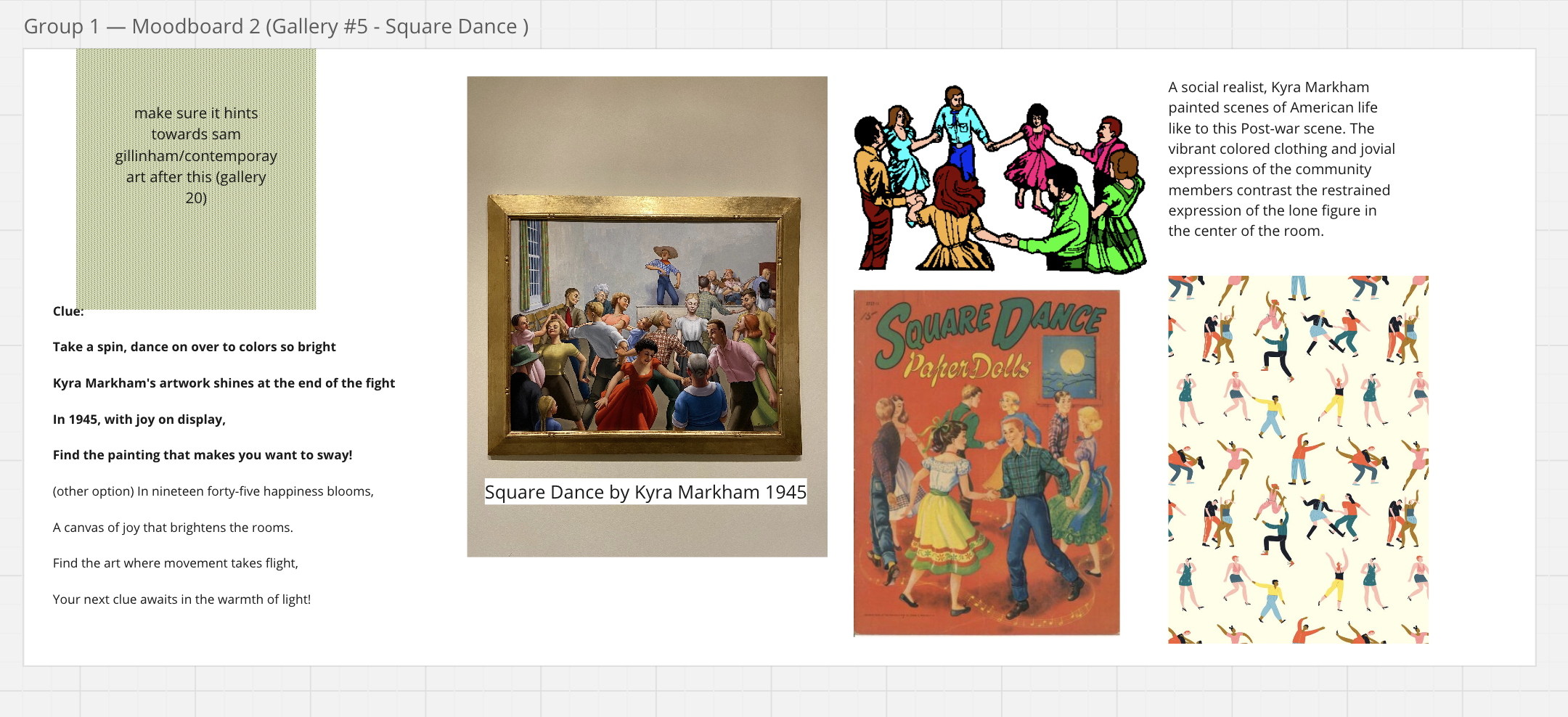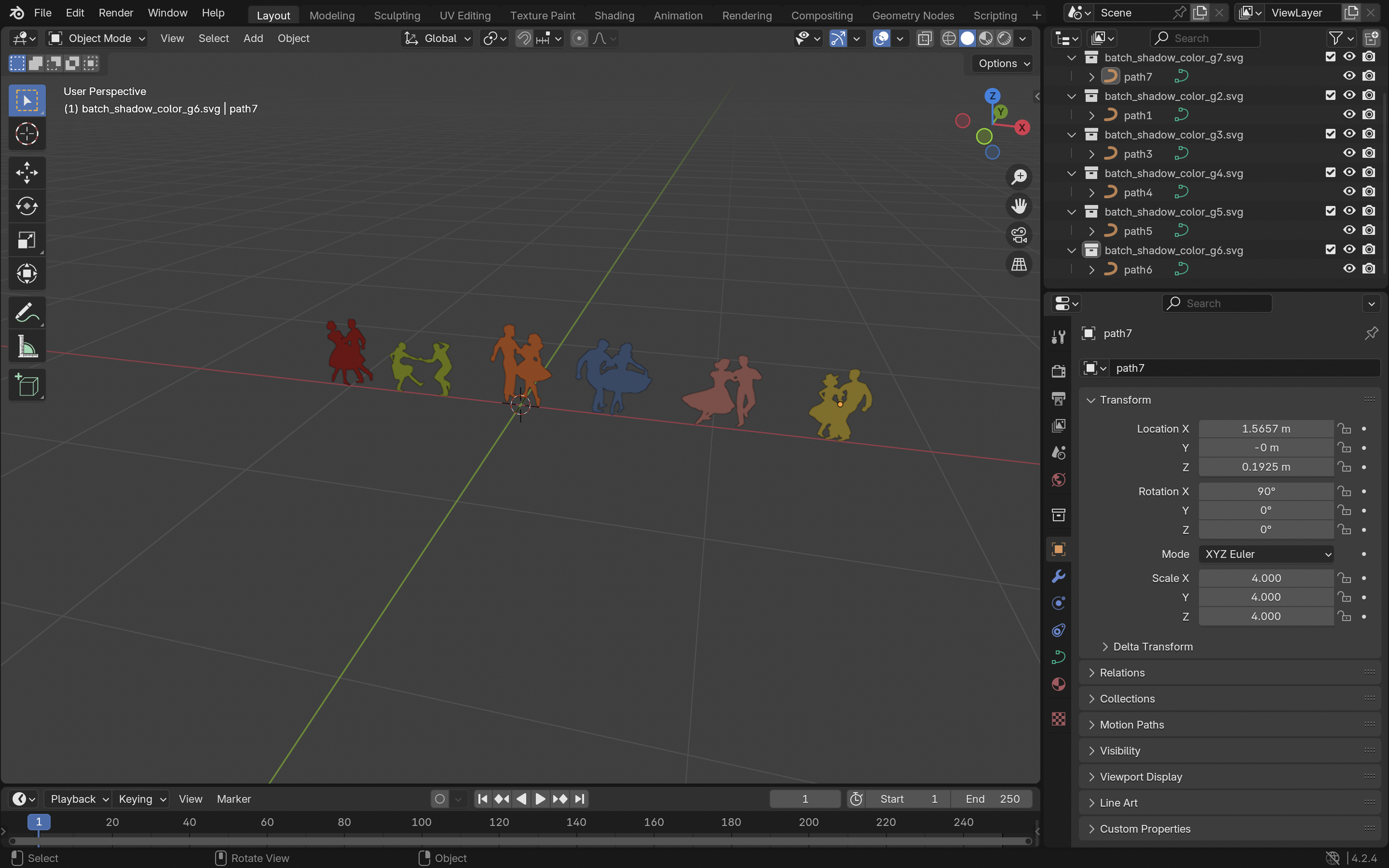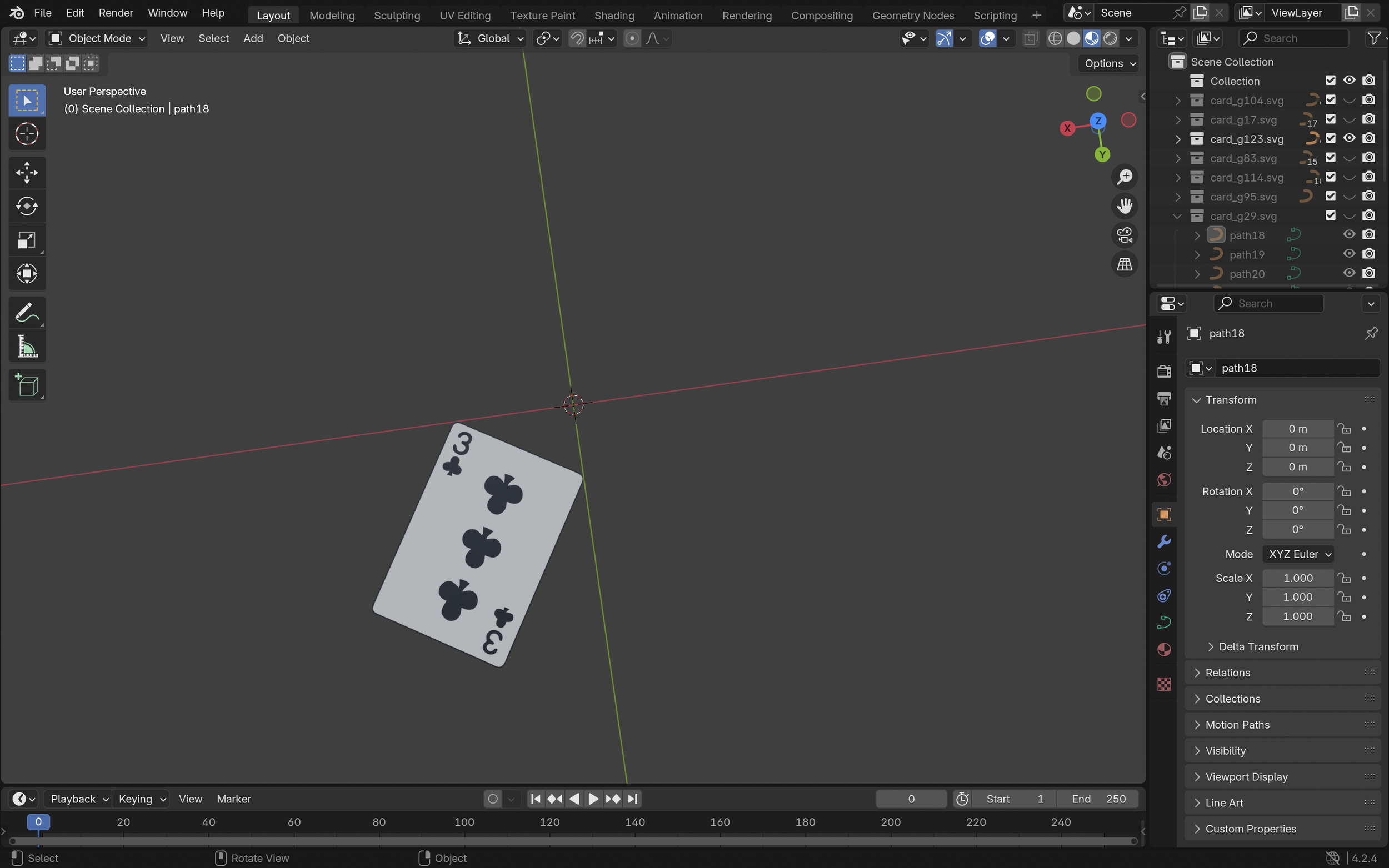
AR Scavenger Hunt
ABOUT
As part of a design class, we were assigned to create an augmented reality scavenger hunt for the Columbia Museum of Art for their Arts and Draughts event. This was all to be made possible using Adobe’s Aero platform.
Within the greater class group, we were broken into smaller groups to create experiences for two pieces. Taylor Campbell, Savannah Mason, and I worked to bring two images to life in three dimensions.
Research
Our group chose two pieces that were historical and educational, yet engaging and lighthearted.
It was important we chose pieces with great potential to be expanded into a 3D scene. We also considered the greater layout of the museum and surrounding works that other groups may choose to create for.
SQUARE DANCE
Our team chose to feature ‘Square Dance’ by Kyra Markham. This piece depicts a post-World War II celebration.
We created a group of dancing silhouettes and applied a color palette that we derived from the painting. The figures animated by bouncing and spinning, all under several music notes that fly over the scene.
This happens on a floor extending from the painting, giving the user a truly stimulating 3D experience that is sure to be remembered.
Intersections On Main Street
Our team also chose to feature a piece from the Intersections on Main Street exhibit, an area of the museum that shows local Black history in Columbia.
We chose to feature a photograph by Richard Samuel Roberts, a Black photographer that has his own dedicated corner within the exhibit. This particular piece requires a bit of searching the area, allowing the user to observe the history the exhibit presents.
The photograph sees a trio of Black magicians surrounded by items typical for a magic show. Our team created a set of playing cards and placed them in the 3D scene to have a subtle floating effect.
Return
The scavenger hunt onboarded 95 unique users and offboarded 31 of those users.
33% of users completed the scavenger hunt.
The project’s success led the Columbia Museum of Art to extend the lifecycle of the project by over two months (as opposed to the one night it was originally intended for).





